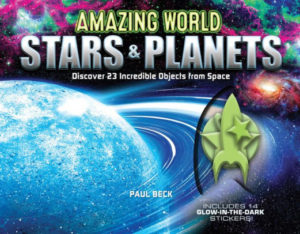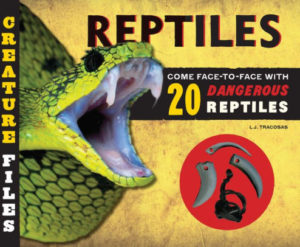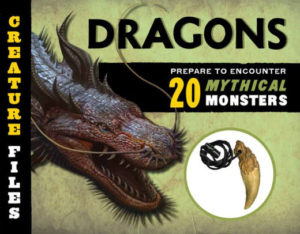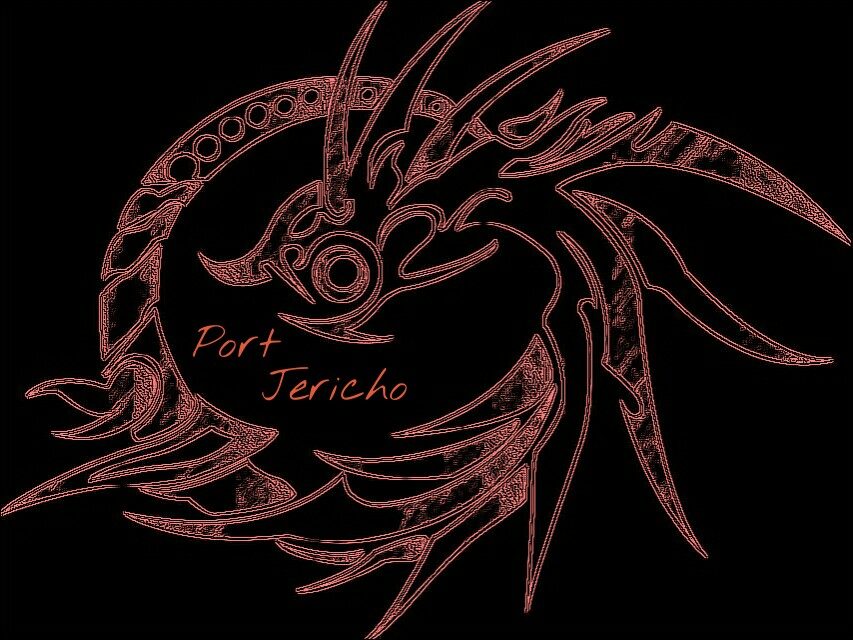
***This book was reviewed for Quarto Publishing via Netgalley
This nifty little read by Paul Beck is a (very) brief introduction to objects in our universe. The first several pages look at the planets of our solar system, and some of the more familiar moons. Comets are briefly discussed, followed by six different nebulae, and three different galaxies. Throughout are beautiful pictures, often taken from telescopes that see wavelengths we cannot with our naked eye.
I didn’t know we had ‘ice giants’ as well as ‘gas giants’! There is also an introduction to other dwarf planets of our solar system. I found it fascinating that Pluto and it’s ‘moon’ are now considered a twinned or double planet system, since Pluto and Charon both are now considered dwarf planets. I read this book with my cubs. We all enjoyed the nebulae most of all. These pictures are the most stunning, and these sections are the ones with all manner of star info.
📚📚📚📚📚

***This book was reviewed for Quarto Publishing via Netgalley
This nifty little read by LJ Tracosas is a (very) brief introduction to the family of animals known as reptiles. The first few pages look at characteristics of reptiles. Following are twenty different reptiles, with Latin name, region of habitation, stats like length, weight, and relative size to humans, a danger metre, one or two gorgeous photos, and a few interesting facts. Included with each reptile is a Fang File bubble, with a pic of the skull or a close-up of the teeth, and a fact about the creature’s teeth.
Most of the reptiles covered were snakes, followed close by lizards. Much to my surprise and disappointment, only one turtle species was mentioned. There were several beasties I had never heard of, most especially the tuatara. The final brief section covers different diet options. Overall, this book is a wonderful introduction to reptiles from around the world. There are many, many more, to be sure, especially with regards to turtle species- like the Galapagos tortoise, or the alligator snapping turtle.
📚📚📚📚

***This book was reviewed for Quarto Publishing via Netgalley
This lovely book by LJ Tracosas looks at a select handful of dragon myths from the world over. Dragon mythology was the subject of my anthropology thesis, and still a huge love of mine. Myths of dragon-like creatures can be found wherever man himself can be found. Twenty different dragons are covered in this little book, each accompanied by beautiful artwork.
A few pages at the beginning cover an introduction, draconic characteristics, and real life animals that may have helped inspire tales of dragons. Each dragon entry that follows has a brief listing of stats including location, habitat, and if the dragon was capable of flight or breathing fire. There are a few neat facts per entry, and gorgeous artwork, even if the depictions are at times bizarrely fanciful. Some are mythic beasties I wouldn’t necessarily consider dragons per se- the cockatrice and the chimera. At the end is a section with creatures from the natural world today that pay honour to the dragons of myth with their names. Creatures like the world’s largest living lizard, the Komodo dragon, every bit as dangerous as its namesake, or the delicate leafy seadragon, a wee member of the seahorse family.
Overall, this book is a wonderful introduction to dragon lore from around the world. There is much, much more, to be sure! Like the feathered serpents of Meso- and South America, of which the most well known are Quetzalcoatl and Kukulkan. Or the rainbow serpents of Oceania, and the uktena of North America.
📚📚📚📚


